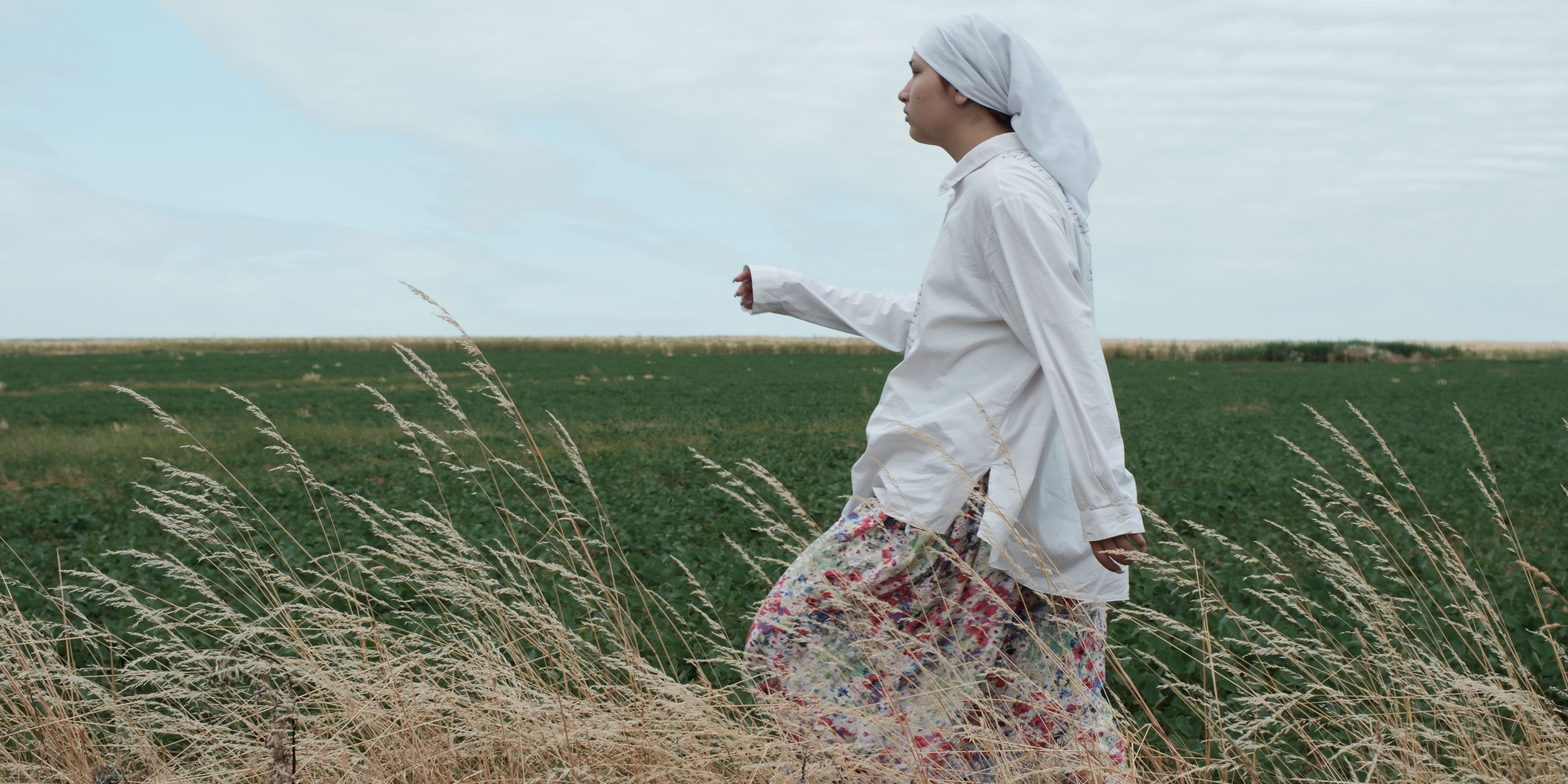

Act of faith or challenge to security: how old rituals defy the realities of war
A mass religious pilgrimage from Chernivtsi to the St. John’s Monastery in Khreshchatyk highlighted how religious identity can harden into social inertia. In August 2022, local authorities formally suspended religious pilgrimages under martial law. Yet this law collided with a linguistic and informational bubble that had developed over years around pro-Moscow church structures. Frontliner explains how a combination of fear of change and the absence of a compelling alternative narrative drove thousands to embark on an almost 50-kilometer pilgrimage in defiance of the ban.
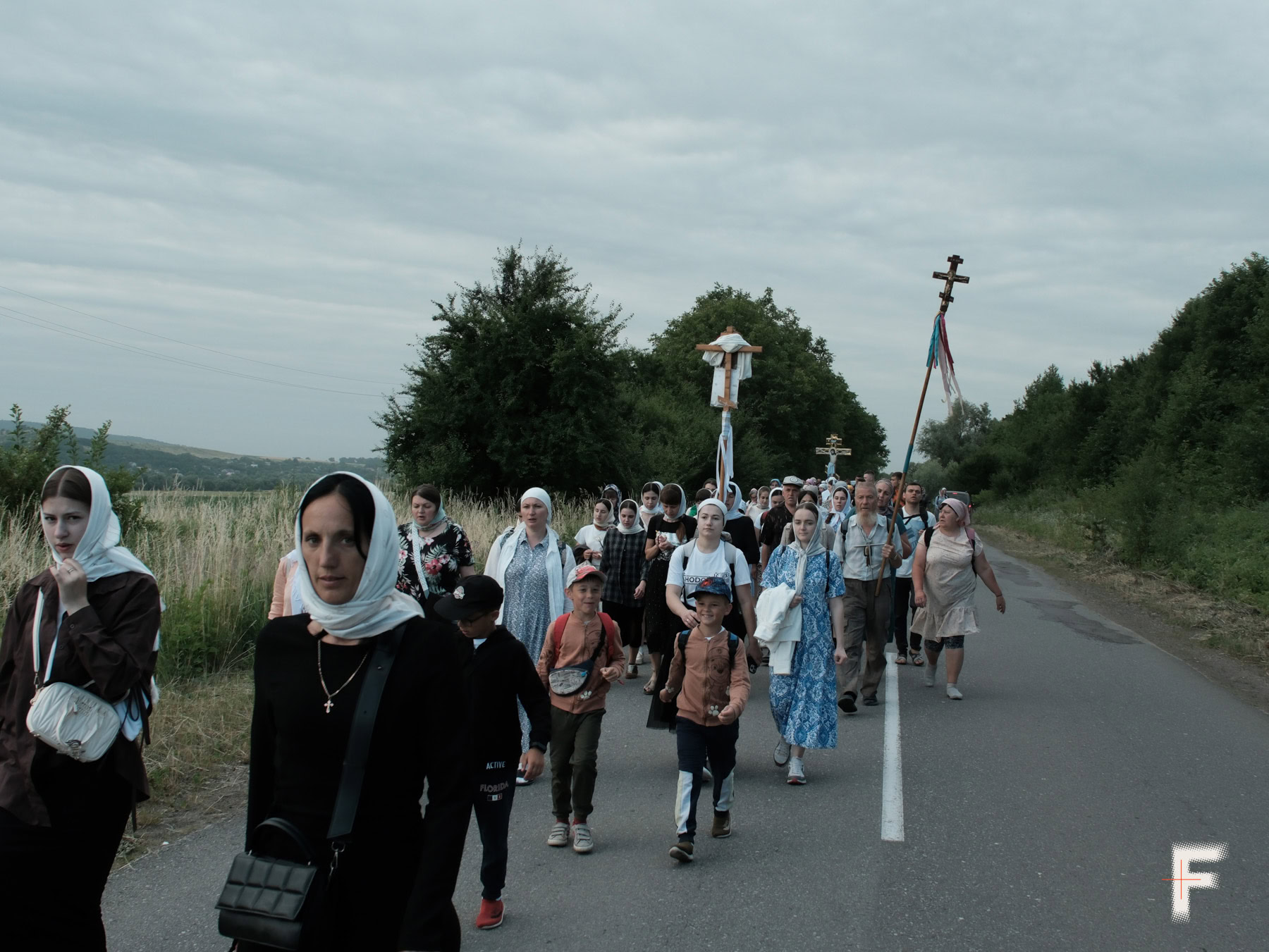

On July 5, 2025, as part of a long-standing religious pilgrimage, several thousand parishioners set out from Chernivtsi to the St. John’s Monastery in the village of Khreshchatyk, Zastavna District. The march lasted one day, covering roughly 50 kilometers on foot, with prayers, hymns, and a visit to the monastery’s spring, believed to have healing properties. The event was organized by the Ukrainian Orthodox Church of the Moscow Patriarchate and took place despite the decision of the Chernivtsi Regional Defense Council on August 12, 2022 that suspended religious pilgrimages under martial law.
[Translator’s note: The Orthodox Church of the Moscow Patriarchate is a branch of Eastern Orthodoxy under Moscow control. The Security Service of Ukraine (SBU) has launched criminal investigations into the Church’s activities, as it has spread pro-Kremlin propaganda, committed treason, and justified Russia’s armed aggression against Ukraine. Their goal is to undermine Ukraine’s sovereignty through cooperation with high-ranking officials in the Russian government and military. In contrast, the independent Orthodox Church of Ukraine represents Ukraine’s canonical and national independence from Moscow. Its operations were banned during Soviet occupation and has been severely undermined by Russian intelligence operations since Ukraine’s renewed independence.]
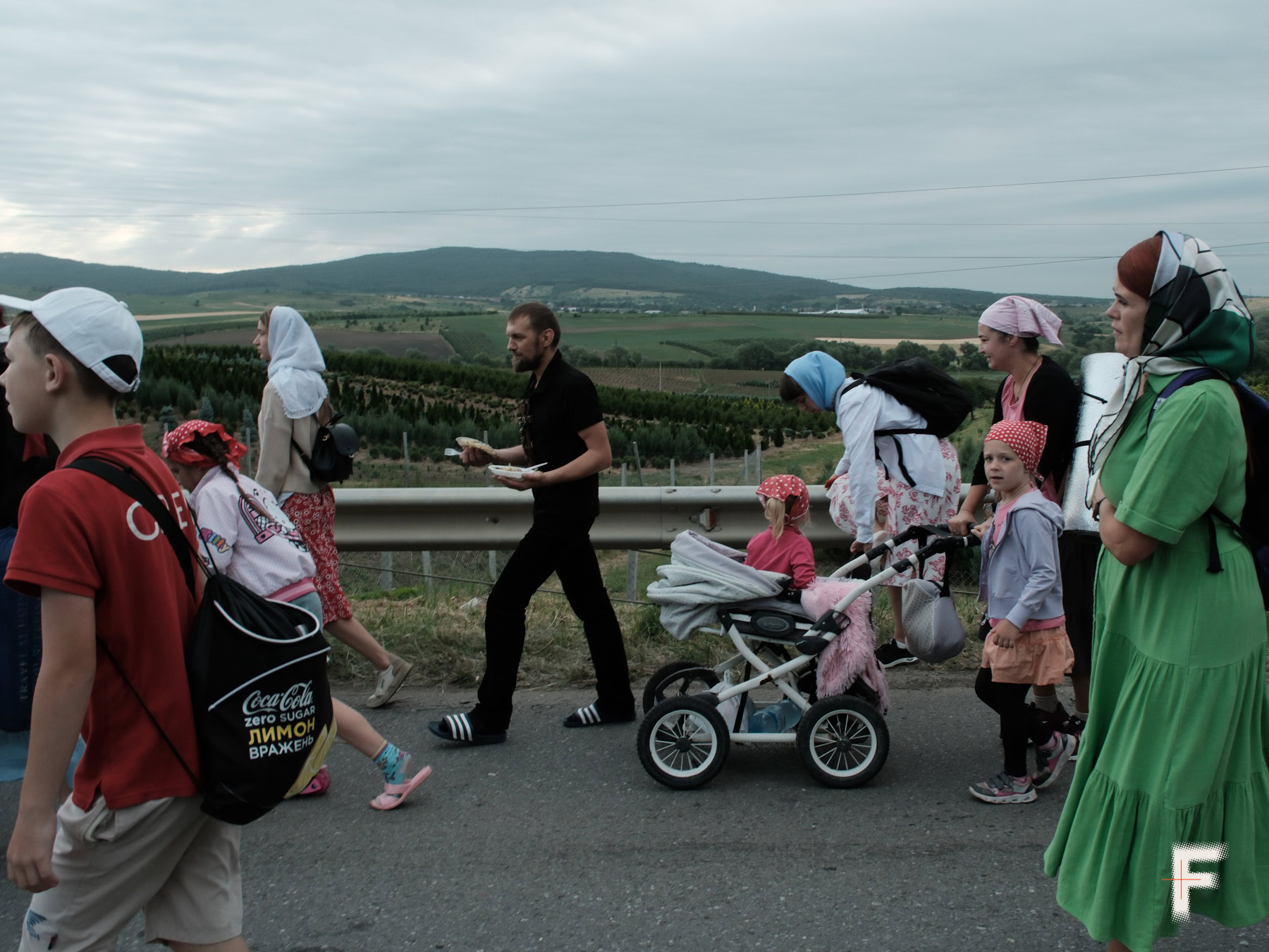

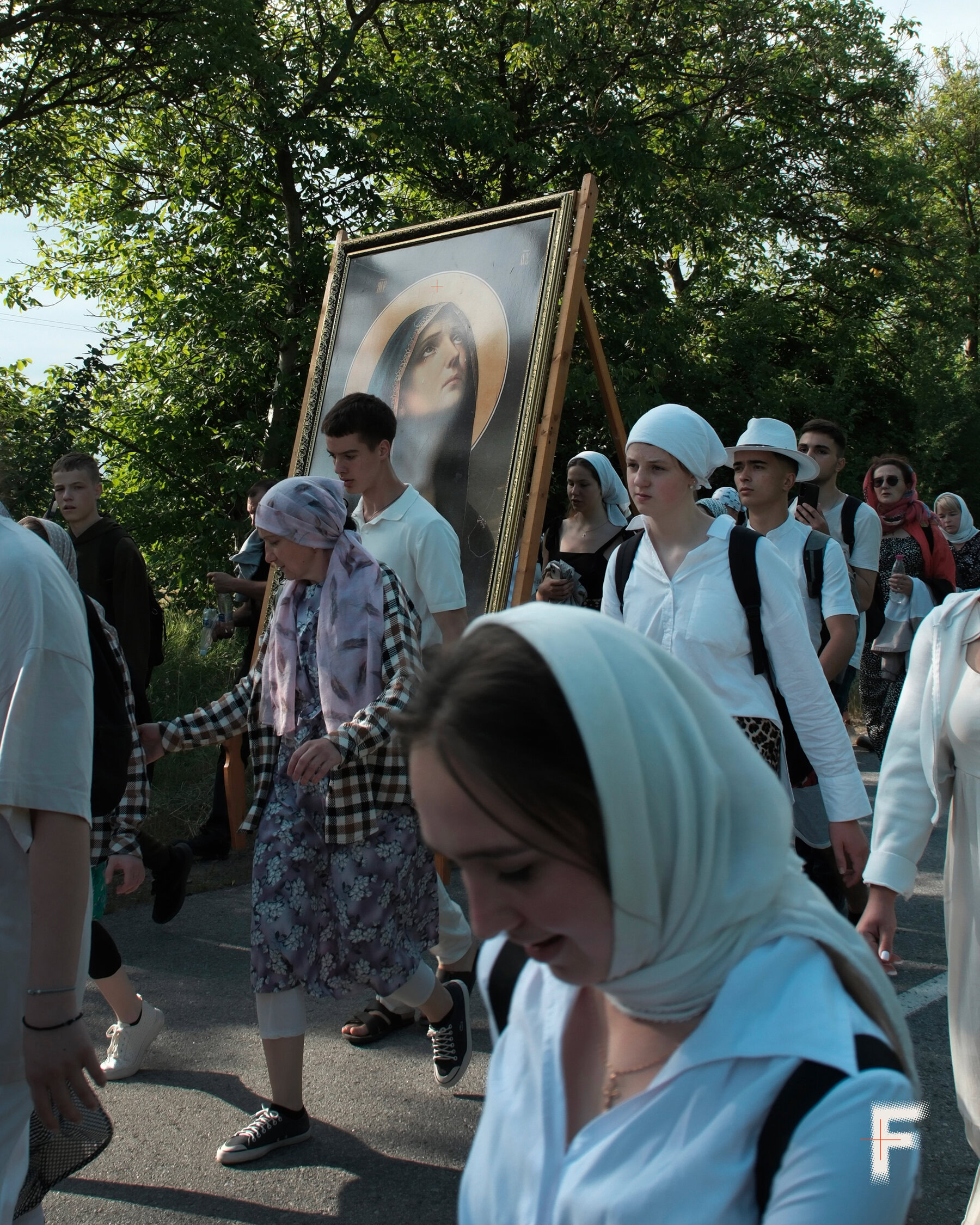





Habit, faith, and informational vulnerability
Participants in the pilgrimage explained their motivations in different ways – from deep religious devotion to a desire to maintain a familiar social rhythm. Many said they had been attending church since childhood; for these people, taking part in the pilgrimage was an element of stability and a core part of their identity. Others shared that they had followed church teachings for decades and deeply believed in the righteousness of their choice. Some participants revealed their informational vulnerability: they do not follow the news and do not adjust their worldview in response to facts, because doing so would require disrupting their inner sense of comfort.
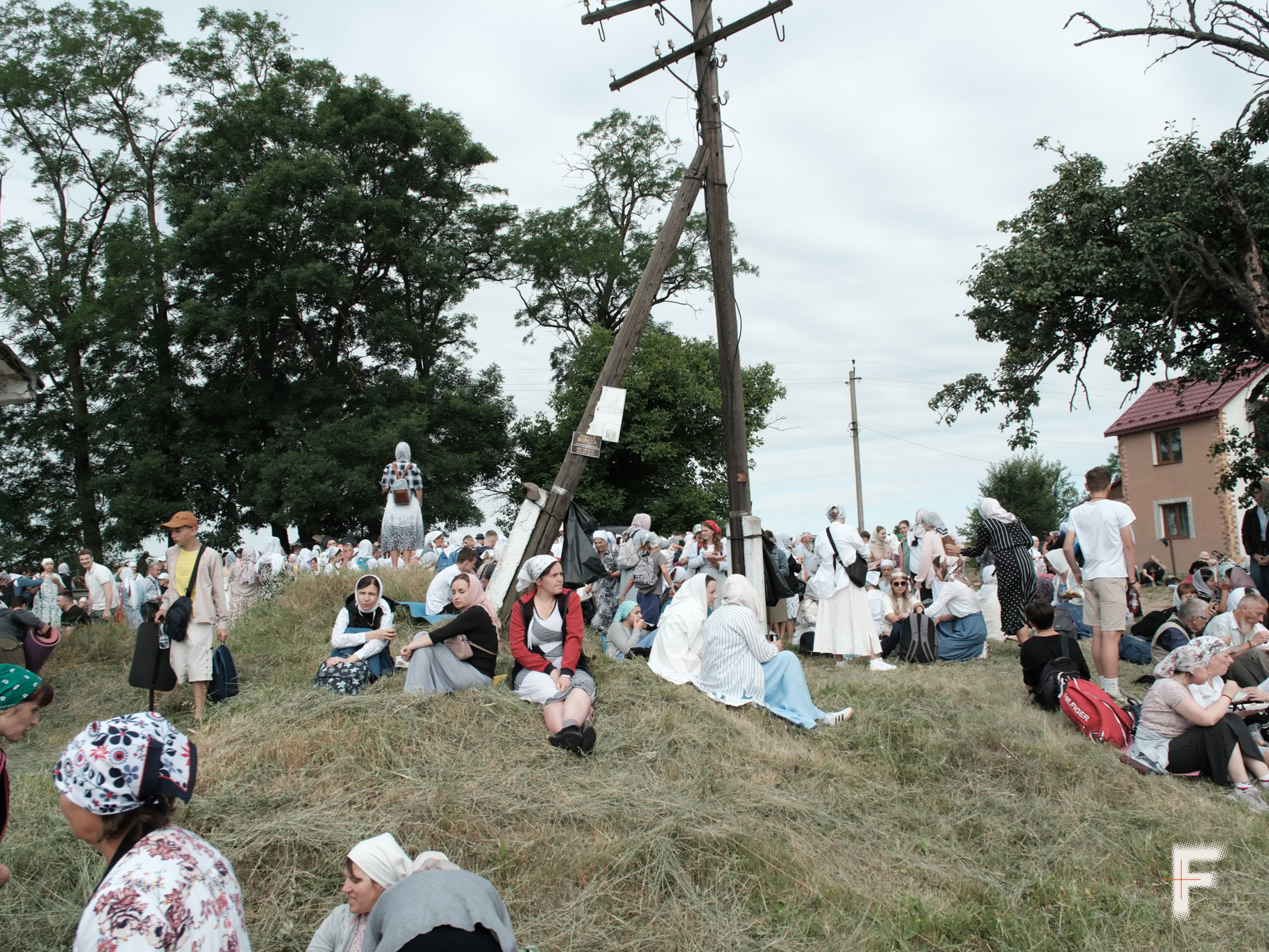

For many, rapid reconsideration is too difficult, and believers experience strong psychological resistance to internal change. It may take decades to counter the effects of the steady flow of religious rhetoric and narratives that, over the years, have been shaped by pro-Russian information channels and church practices.
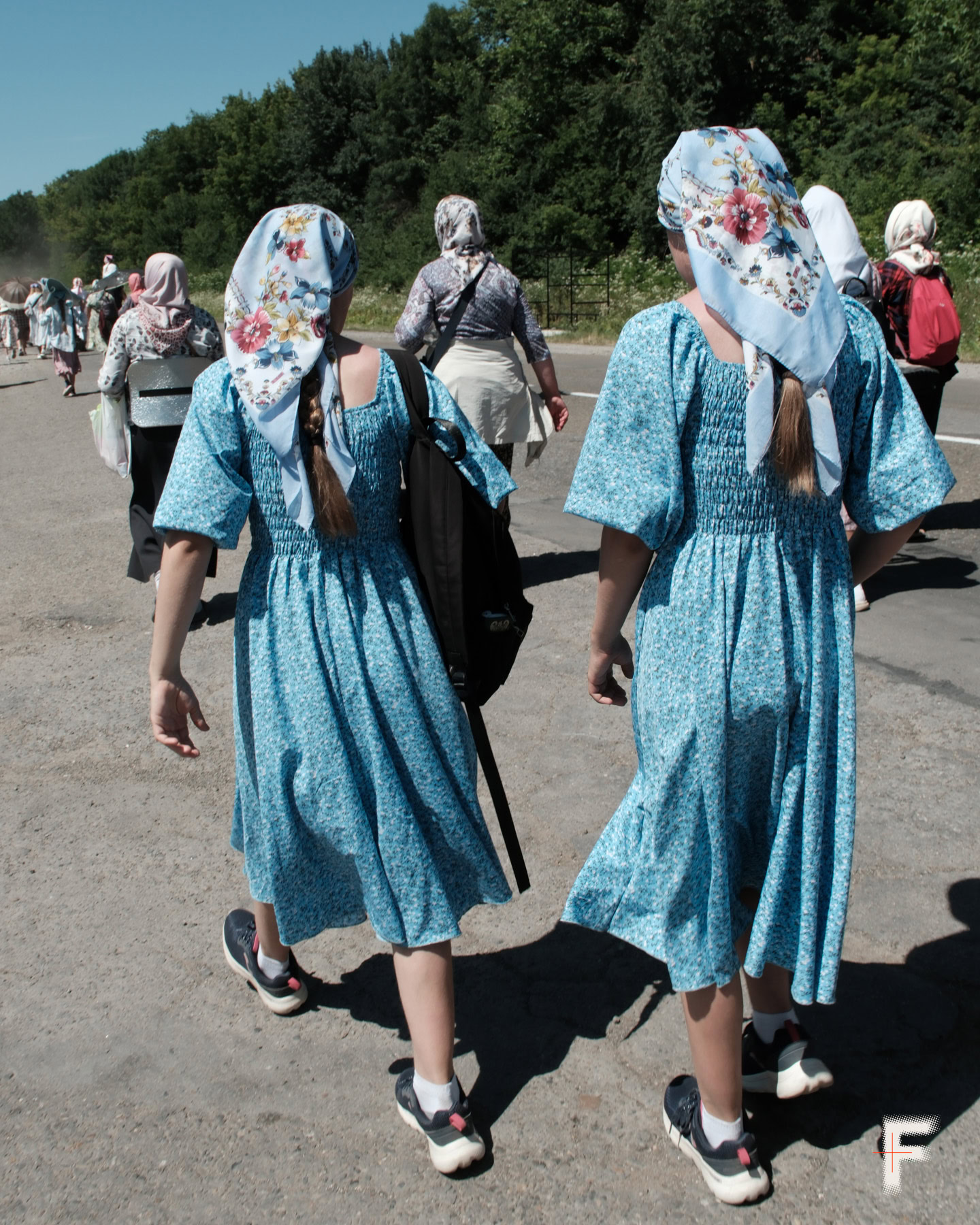

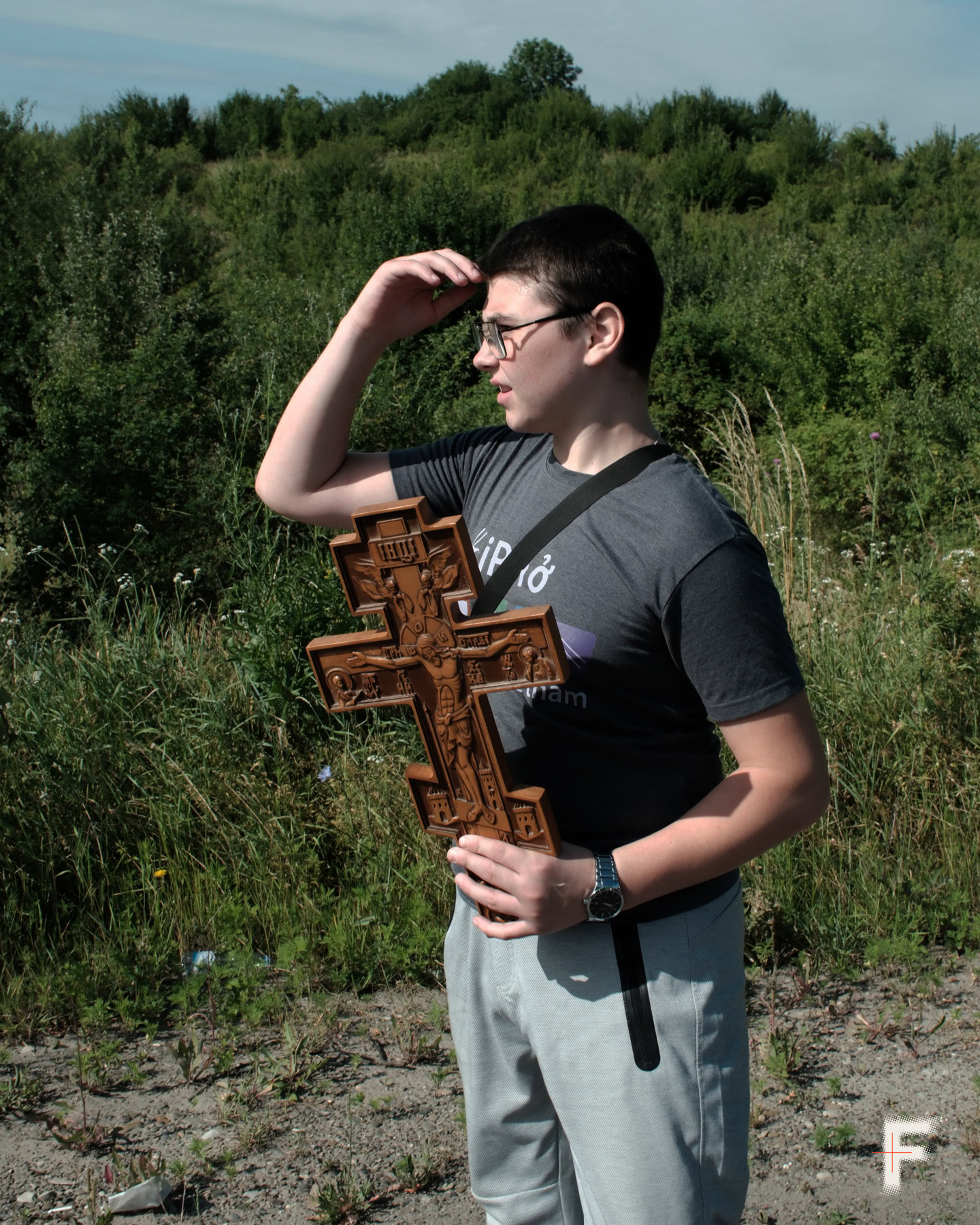





The paradox of loyalty
Some pilgrims had relatives serving in the Armed Forces of Ukraine. This is not uncommon: religious practice and civic duty often coexist in a close, sometimes tense, and occasionally controversial relationship. This highlights, once again, the complexity of segmentation – not all participants of the Ukrainian Orthodox Church of the Moscow Patriarchate are “enemy sympathizers.” Many remain Ukrainian citizens, navigating a web of emotional and social contradictions.
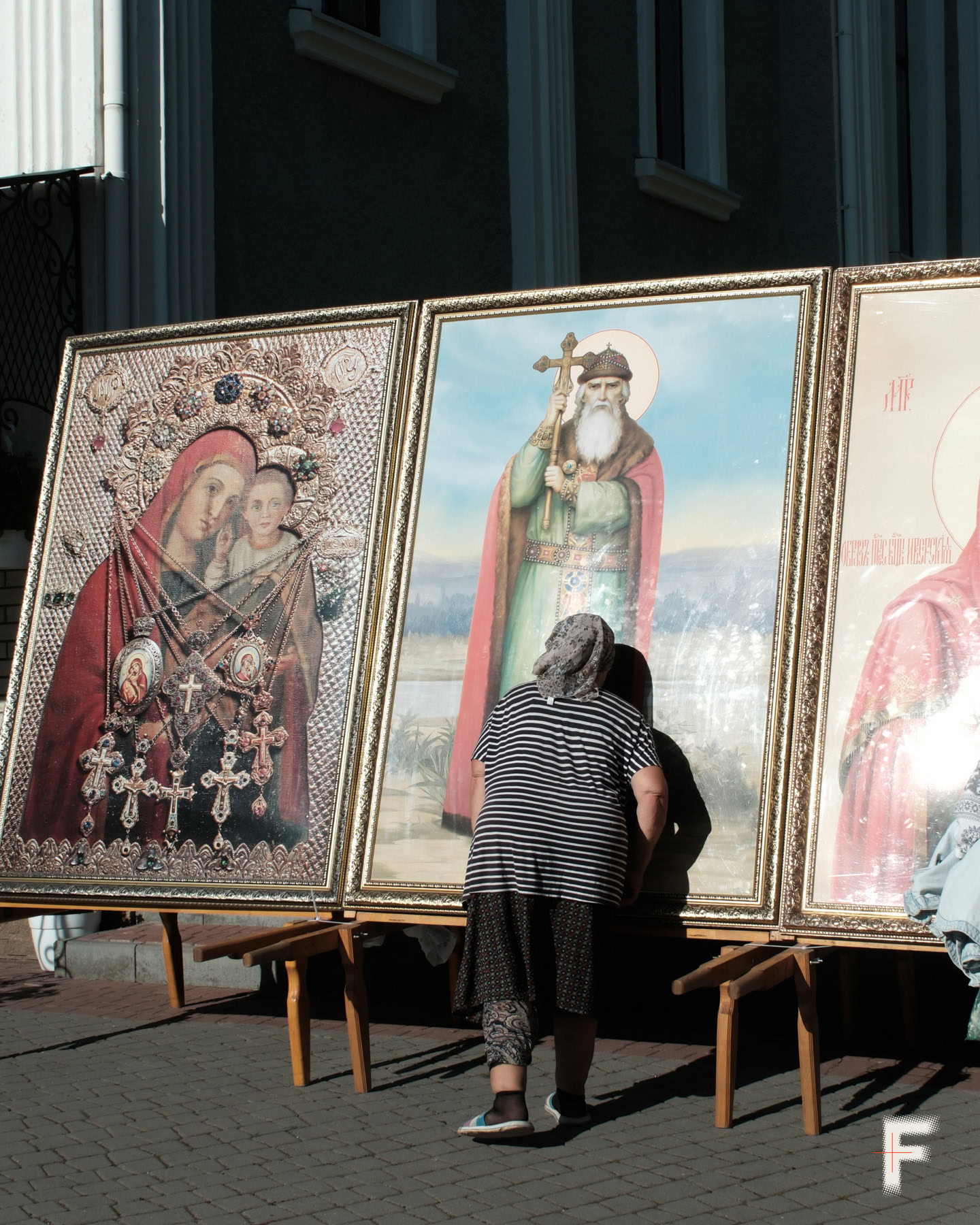

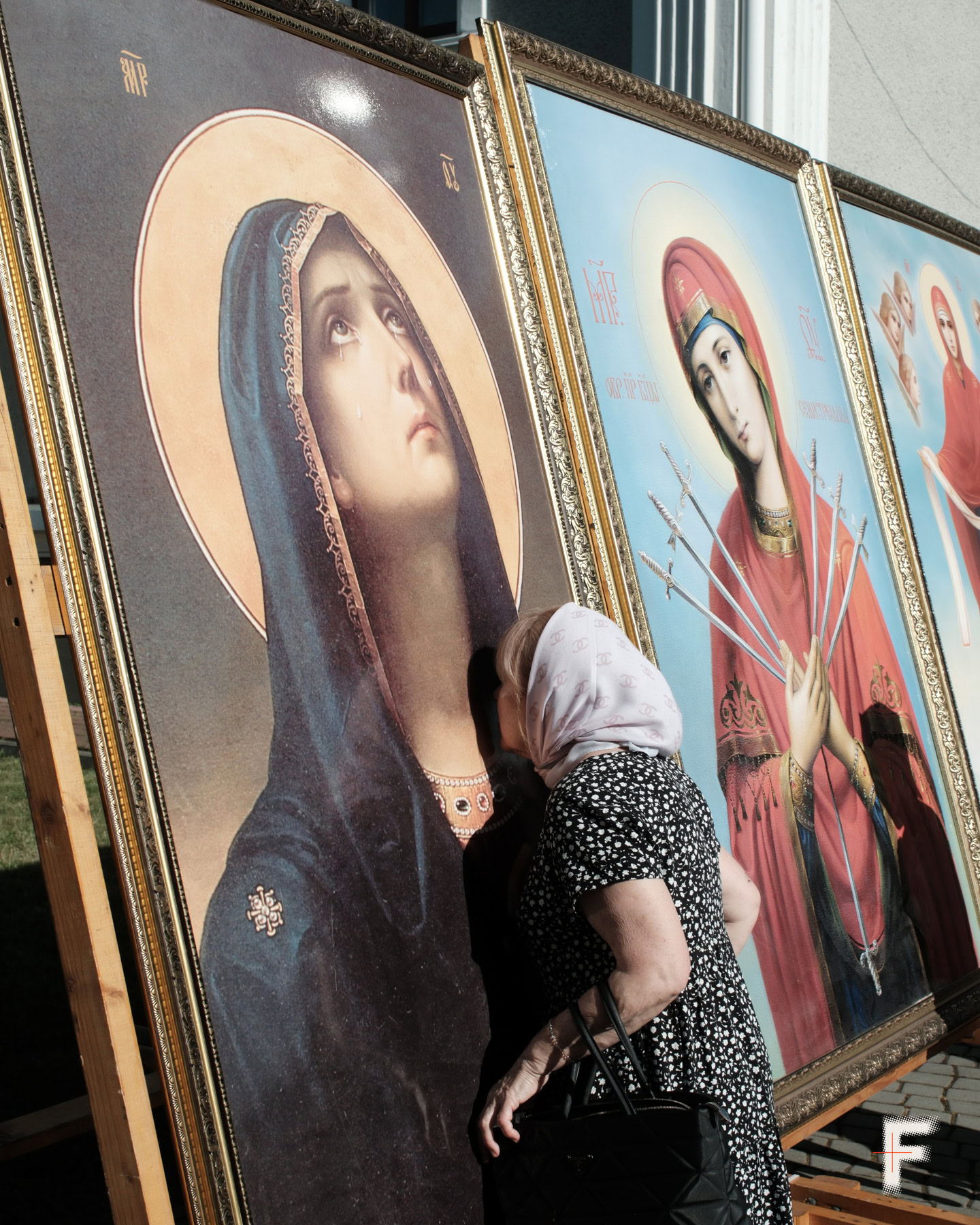

In the immediate term, bans and administrative restrictions have proven ineffective as tools for transforming worldviews. The response must be comprehensive: rather than simple condemnation, it requires systematic efforts – local communications, educational initiatives, and alternative informational narratives that explain the risks during martial law and diminish the appeal of rituals that conflict with safety measures. Aggressive sanctions against believers have not yielded radical change. Rather, it is consistent and patient engagement with local communities, acknowledging their good intentions, that offers the best chance for gradual transformation.
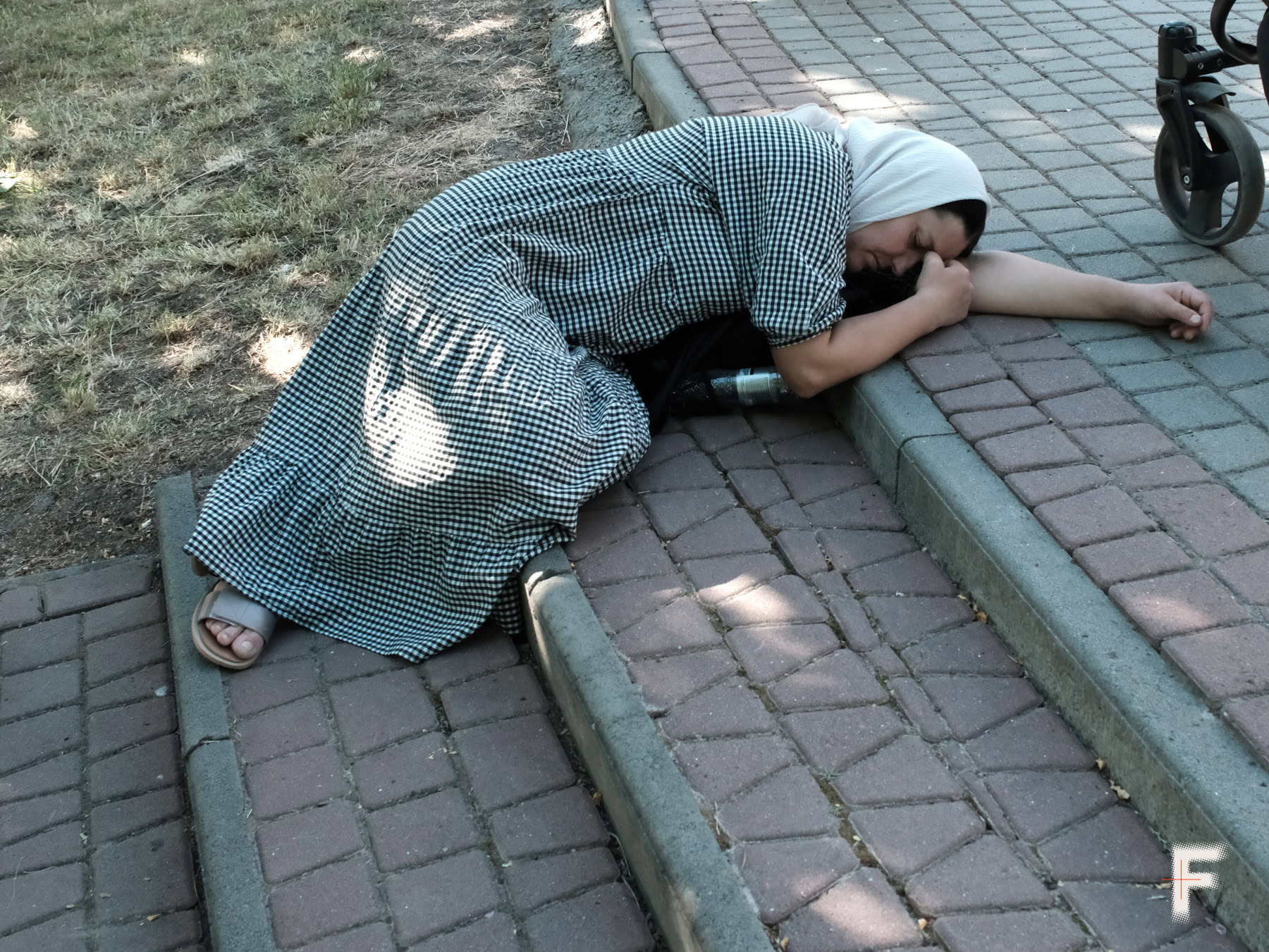

The pilgrimage in Bukovyna is more than just a religious event. It serves as an indicator of deeper social processes: how cultural inertia, the information environment, and a lack of trust in contemporary realities keep people tied to old practices. Criticism is needed, but it should not be aimed at punishment. Instead, it should focus on building communication that allows people to reconsider their beliefs without stress, while preserving their civic identity.
[Translator’s note: Bukovyna is a historical region in southwestern Ukraine, encompassing the city of Chernivtsi and its surrounding area.]
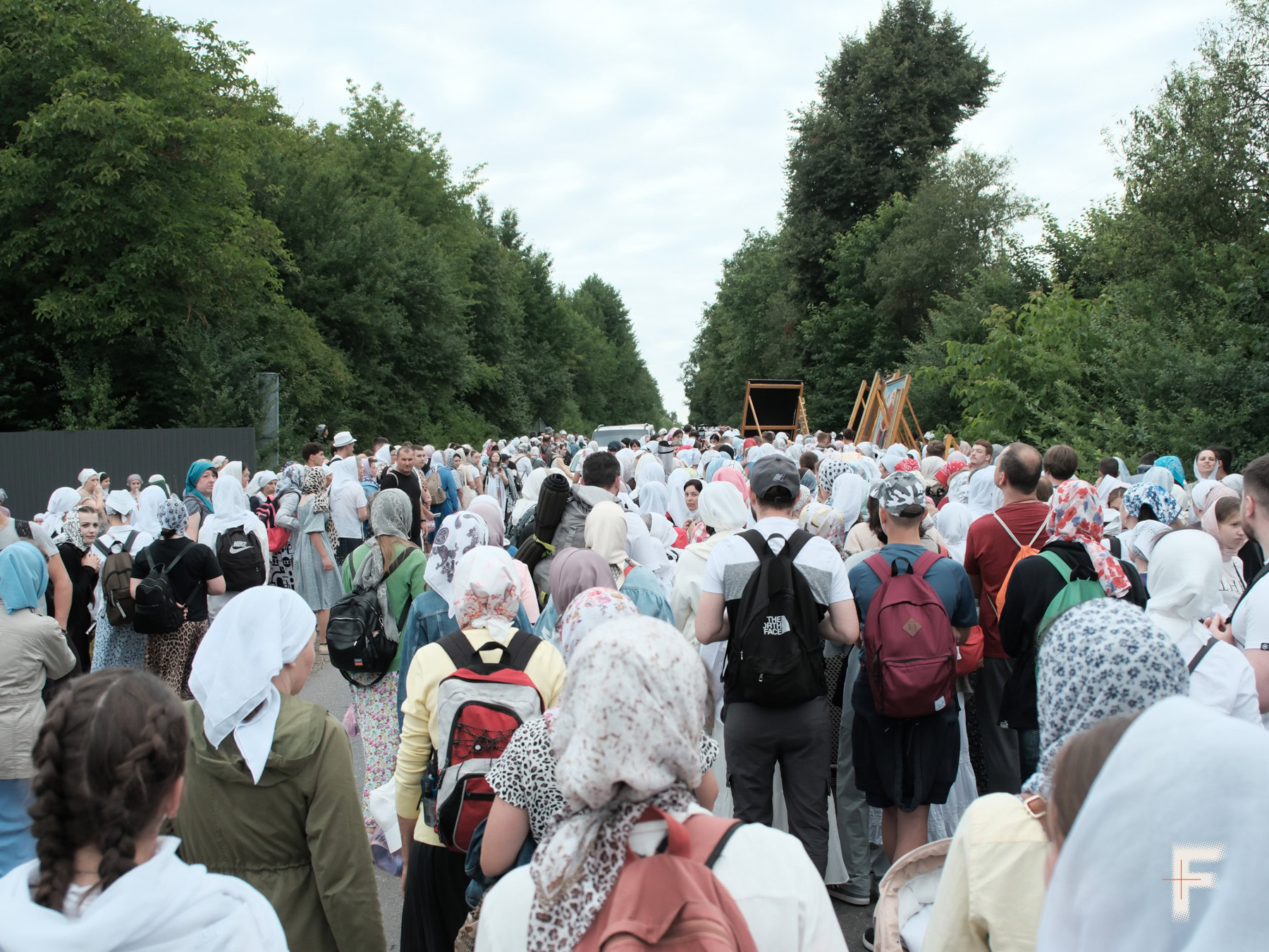

Author: Oles Navrotskyi
Adapted: Irena Zaburanna
Read more — Pokrovsk became the first city I witnessed being killed before my eyes
